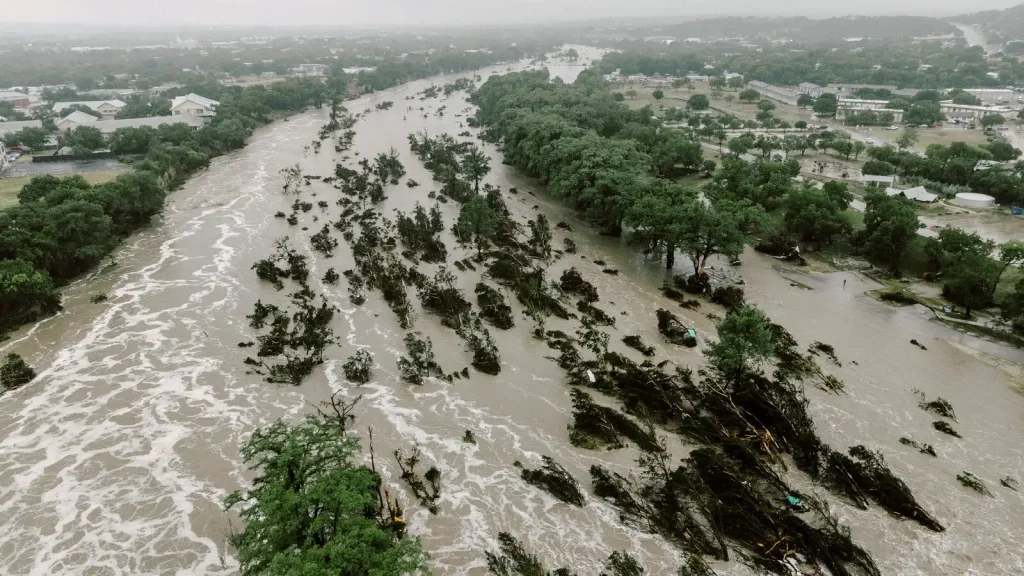Canada immigration policy has long been a cornerstone of the nation’s growth and development. Recently, the Canadian government has introduced significant changes to its immigration policy, particularly affecting international students, foreign workers, and their spouses.
These updates aim to address various challenges in the current system while maintaining Canada’s reputation as a welcoming destination for newcomers.
Overview of the New Canada Immigration Policy
The new Canada immigration policy introduces several key changes that will impact the lives of many individuals seeking to study, work, or settle in the country.
These modifications are designed to streamline processes, enhance fairness, and ensure that Canada continues to attract and retain talented individuals from around the world.
Impact on International Students
Changes in Study Permit Requirements
Under the new Canada immigration policy, international students will face updated requirements for obtaining and maintaining their study permits. These changes include:
- Proof of Financial Capability: Students must now demonstrate increased financial resources to cover their tuition fees and living expenses for the duration of their studies.
- Genuine Intent to Study: The immigration officers will assess applicants more rigorously to ensure they have a genuine intention to pursue education in Canada.
- Language Proficiency: Stricter language requirements may be implemented, with higher minimum scores required in English or French proficiency tests.
Post-Graduation Work Permit (PGWP) Updates
The Post-Graduation Work Permit program, a key component of Canada’s immigration policy for international students, has also seen some modifications:
- Duration Adjustment: The length of the PGWP may be tied more closely to the duration of the study program completed in Canada.
- Eligibility Criteria: There may be changes to the types of programs and institutions that qualify graduates for the PGWP.
- Transition to Permanent Residency: The new policy aims to provide clearer pathways for international students to transition from temporary to permanent residence status.
Changes for Foreign Workers
The Canada immigration policy updates also bring significant changes for foreign workers, affecting both temporary and permanent immigration streams.
Temporary Foreign Worker Program (TFWP) Modifications
- Labor Market Impact Assessment (LMIA) Process: The LMIA process, a crucial part of Canada’s immigration policy for foreign workers, may see streamlining to reduce processing times while maintaining its integrity.
- Sector-Specific Initiatives: The new policy introduces targeted measures for industries facing acute labor shortages, potentially making it easier for certain sectors to recruit foreign talent.
- Wage and Working Conditions: Stricter enforcement of fair wages and working conditions for temporary foreign workers to protect their rights and prevent exploitation.
Express Entry System Updates
The Express Entry system, a key component of Canada’s immigration policy for skilled workers, has also been revised:
- Points Allocation: The Comprehensive Ranking System (CRS) may see adjustments in how points are allocated for various factors such as age, education, and work experience.
- Occupation-Based Invitations: The new policy might introduce more frequent occupation-specific draws to address labor market needs more effectively.
- Provincial Nominee Program (PNP) Integration: Enhanced coordination between the Express Entry system and Provincial Nominee Programs to better align with regional labor market needs.
Impact on Spouses and Partners
The new Canada immigration policy also brings changes that affect the spouses and partners of international students and foreign workers:
Open Work Permit for Spouses
- Eligibility Expansion: The policy may broaden the eligibility criteria for spouses of international students and certain categories of foreign workers to obtain open work permits.
- Duration Alignment: Work permits for spouses might be better aligned with the duration of the principal applicant’s study or work permit.
- Simplified Application Process: The new policy aims to streamline the application process for spousal work permits, potentially reducing processing times.
Qualification and Benefits
To benefit from the new Canada immigration policy, applicants in various categories should consider the following:
For International Students:
- Choose Eligible Programs: Ensure that your chosen program of study qualifies under the new policy for post-graduation work opportunities.
- Meet Financial Requirements: Prepare to demonstrate sufficient financial resources as per the updated guidelines.
- Language Proficiency: Invest time in improving your English or French language skills to meet potentially higher language requirements.
- Plan for Permanent Residency: If you aim to settle in Canada, start planning early and understand the pathways available under the new policy.
For Foreign Workers:
- Skills Assessment: Evaluate your skills and qualifications against the updated criteria in the Express Entry system or other relevant programs.
- Job Offer Alignment: Ensure that job offers align with the new policy’s requirements, particularly for LMIA-exempt positions.
- Provincial Opportunities: Explore Provincial Nominee Programs that might offer additional pathways under the new Canada immigration policy.
- Continuous Learning: Consider upgrading your skills or education to improve your chances under the revised points system.
For Spouses and Partners:
- Eligibility Check: Verify your eligibility for an open work permit under the new policy based on your partner’s status.
- Skills Development: Consider developing skills that are in demand in the Canadian job market to maximize employment opportunities.
- Integration Preparation: Take advantage of pre-arrival services and resources to prepare for life and work in Canada.
Terms and Conditions
The new Canada immigration policy comes with several terms and conditions that applicants should be aware of:
- Compliance with Study/Work Permit Conditions: Strict adherence to the conditions of study or work permits is essential to maintain status and eligibility for future immigration benefits.
- Reporting Requirements: Some categories of immigrants may need to fulfill additional reporting requirements to maintain their status under the new policy.
- Duration Limitations: There may be new limitations on the total duration one can hold certain types of temporary status in Canada.
- Health and Security Checks: The policy maintains rigorous health and security screening processes for all applicants.
- Renewal and Extension Procedures: The procedures for renewing or extending various permits and statuses may have changed under the new policy.
- Transition Period: There may be a transition period during which both old and new rules apply, depending on when applications were submitted.
Impact on Canadian Economy and Society
The new Canada immigration policy is expected to have far-reaching effects on the country’s economy and society:
Economic Benefits
- Addressing Labor Shortages: By targeting specific sectors and skill sets, the policy aims to fill critical gaps in the Canadian labor market.
- Innovation and Entrepreneurship: Attracting highly skilled individuals is expected to boost innovation and entrepreneurship in Canada.
- Economic Growth: The influx of talented workers and students is projected to contribute significantly to Canada’s economic growth.
Social Implications
- Diversity and Multiculturalism: The policy continues to support Canada’s commitment to diversity and multiculturalism.
- Community Integration: New measures may be introduced to enhance the integration of newcomers into Canadian society.
- Population Growth: The policy plays a crucial role in Canada’s population growth strategy, particularly in less populated regions.
Challenges and Criticisms
While the new Canada immigration policy brings many positive changes, it also faces some challenges and criticisms:
- Implementation Complexities: The transition to the new system may pose logistical challenges for both applicants and immigration officials.
- Balancing Competing Interests: The policy must balance the needs of various stakeholders, including employers, educational institutions, and Canadian workers.
- Regional Disparities: Concerns exist about whether the policy adequately addresses the varying needs of different provinces and territories.
- Processing Times: There are questions about whether the new measures will effectively reduce processing times for applications.
- International Competition: Canada must ensure its immigration policy remains competitive with other countries vying for global talent.
Future Outlook
The new Canada immigration policy sets the stage for the country’s immigration landscape in the coming years:
- Technological Integration: Expect increased use of technology in application processing and monitoring of immigration programs.
- Responsive Policy-Making: The government may adopt a more agile approach to policy-making, allowing for quicker adjustments based on economic and social needs.
- Global Partnerships: Canada may seek more international partnerships to facilitate smoother immigration processes for qualified individuals.
- Climate Change Considerations: Future iterations of the policy might incorporate measures related to climate change and environmental migrants.
- Post-Pandemic Adaptations: The policy will likely continue to evolve in response to lessons learned from the COVID-19 pandemic.
Conclusion
The new Canada immigration policy represents a significant shift in how the country manages its immigration system, particularly for international students, foreign workers, and their spouses. While it presents new opportunities and pathways for those seeking to build a life in Canada, it also introduces new challenges and requirements.
For prospective immigrants, understanding these changes is crucial. The policy emphasizes the importance of skills, language proficiency, and genuine intent to contribute to Canadian society. It also underscores Canada’s commitment to remaining a welcoming destination for global talent while addressing domestic economic and social needs.
As with any major policy change, the full impact of these new measures will become clearer over time. Prospective immigrants, current temporary residents, and stakeholders in the Canadian immigration system should stay informed about these changes and be prepared to adapt to the new requirements and opportunities presented by the updated Canada immigration policy.























